The series Flower Hill Farm Butterflies (all sightings and most photos are from 2011 with exception to a few from other years) along with a few other Lepidoptera . . . comes to its final metamorphosis . . . and end . . . just as many buds are beginning to unfurl and reports of 2012 butterfly sightings begin.
My knowledge and respect for these butterflies and moths has grown over the last fifteen or so posts. It was lovely spending all of January, February and most of March editing photos of these magical creatures, while learning more important facts about their life cycles.
Our Flower Hill Farm gardens, blueberry fields, wildflower fields and forest do attract many more species of Lepidoptera. I have yet to capture but these few butterflies and moths (plus a few more not included in the collage above) in our wildlife habitat.
In Massachusetts alone there are hundreds of species that might live in our gardens, fields and along the forest edge. I now realize that I may have made it hard or impossible for other butterflies to survive here due to my stewardship practices.
I vow to never destroy an egg or caterpillar that I have not explicitly identified as an invasive pest. Gypsy moth eggs and caterpillars must still BEWARE!
I vow to never destroy an egg or caterpillar that I have not explicitly identified as an invasive pest. Gypsy moth eggs and caterpillars must still BEWARE!
As I mentioned in the various posts in this series, many butterflies and moths overwinter in either egg, larva/caterpillar, pupa/chrysalis and a few even in adult butterfly stages.
With all the best intentions, we go out into our gardens and fields to 'CLEAN UP' to prepare for the following season's glory. What we do not always realize is that by being so fastidious we are possibly killing or exposing creatures to predation or the elements.
For many years I have hired a neighbor to mow the fields in November, now I will protect certain parts of the fields where host plants for different butterflies thrive.
A messy garden is a happier garden . . . for wildlife and me too!
I wish you all boundless butterfly sightings for 2012!
Another Friday already and so I send all my butterflies over to Sweden to join Katarina's Roses and Stuff.
I wish you all boundless butterfly sightings for 2012!
Another Friday already and so I send all my butterflies over to Sweden to join Katarina's Roses and Stuff.
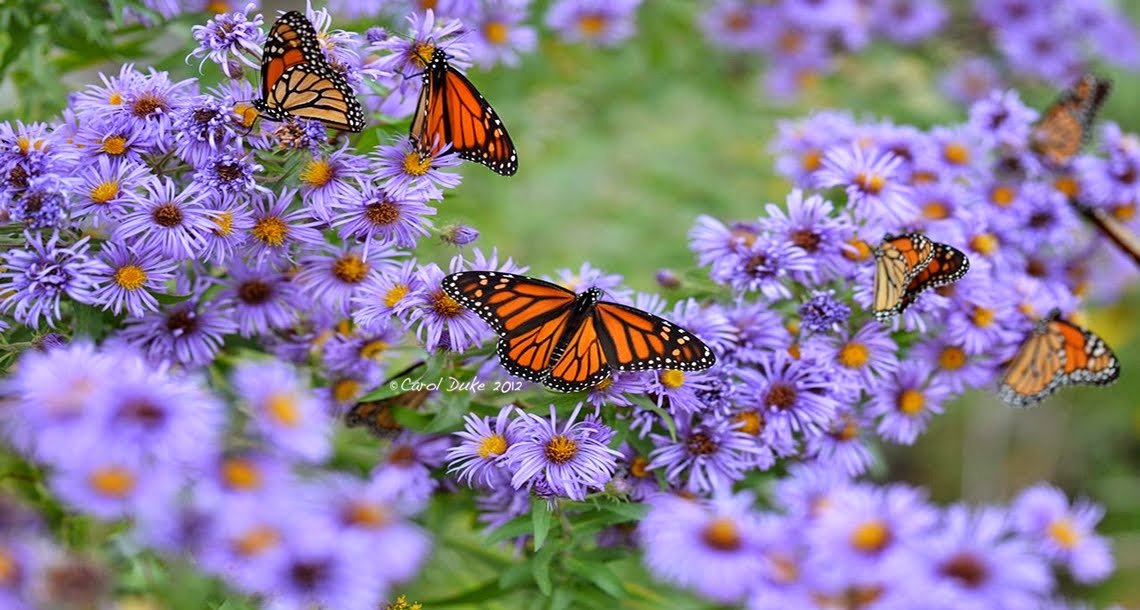
























































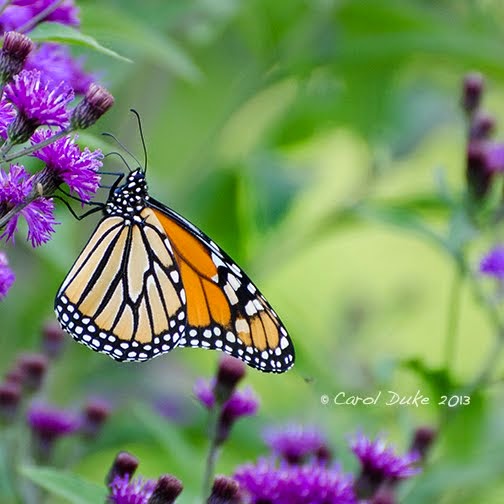

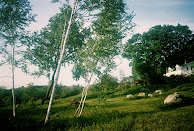

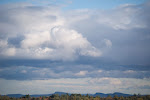





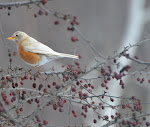













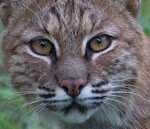




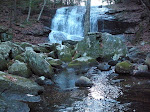


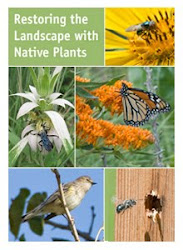











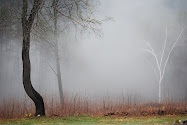












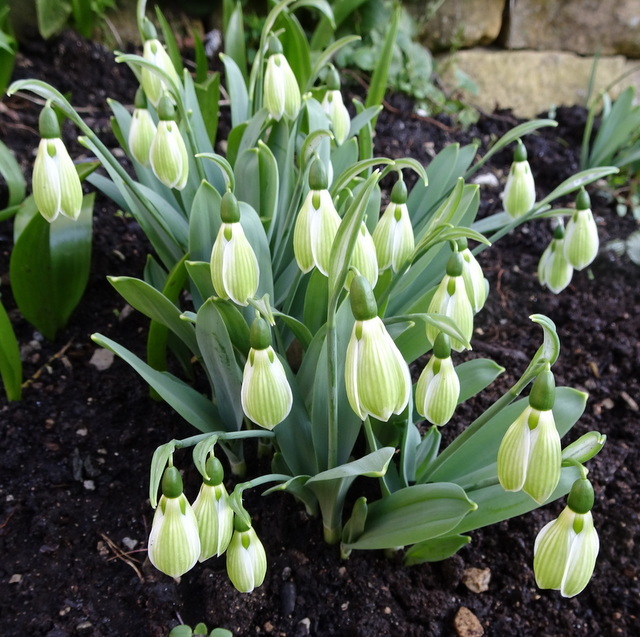




































.png)






















